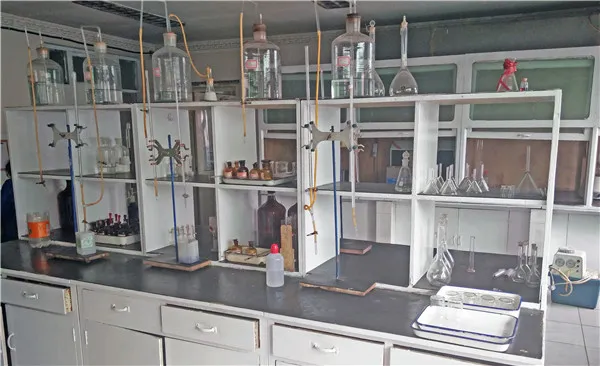Chemicals Used in Sewage Treatment Plants
Sewage treatment plants (STPs) play a crucial role in maintaining public health and environmental safety by treating wastewater before it is released back into the environment. During the treatment process, various chemicals are utilized to facilitate the effective breakdown of organic matter, pathogen removal, and nutrient removal. Understanding these chemicals is essential for anyone involved in wastewater treatment, environmental science, or public health.
1. Coagulants
Coagulation is one of the first steps in wastewater treatment, and it involves adding chemicals to destabilize and aggregate colloidal particles. Common coagulants include aluminum sulfate (alum), ferric sulfate, and polyaluminum chloride. These chemicals help to form larger particles, or flocs, that can be removed from the water through sedimentation.
2. Flocculants
Following coagulation, flocculation is the process where flocs are encouraged to clump together into larger aggregates. Synthetic organic polymers, known as flocculants, are often used for this purpose. These chemicals increase the efficiency of solid-liquid separation, enabling better removal of suspended solids from the water.
3. pH Adjusters
Maintaining an optimal pH level in wastewater treatment is crucial for effective treatment. Chemicals such as sulfuric acid and sodium hydroxide are commonly used as pH adjusters. Acidic conditions can enhance the solubility of certain contaminants while alkaline conditions can promote the precipitation of others, thereby improving treatment outcomes.
4. Disinfectants
Disinfection is a vital step in wastewater treatment, aimed at eliminating pathogens that could pose health risks to humans and aquatic life. Common disinfectants include chlorine, sodium hypochlorite, ozone, and ultraviolet (UV) light. Each of these methods has its advantages and disadvantages. Chlorination is effective but can produce harmful by-products, whereas UV disinfection is chemical-free but may not provide residual protection.
what are the chemicals used in stp plant

5. Nutrient Removal Chemicals
In many wastewater treatment plants, excess nutrients such as nitrogen and phosphorus can lead to eutrophication in receiving water bodies. To combat this, chemicals like sodium nitrate, ammonium sulfate, and iron salts may be added to facilitate biological nutrient removal. Additionally, processes like chemical precipitation involve adding salts such as alum or ferric chloride to precipitate phosphorus out of the solution.
6. Carbon Sources
To facilitate biological treatment processes, especially in biological nutrient removal (BNR) systems, carbon sources are often necessary. For instance, methanol or acetic acid can be added to provide readily biodegradable carbon for denitrification processes. The availability of these carbon sources helps to optimize the growth of denitrifying bacteria, which play a key role in nitrogen removal.
7. Odor Control Chemicals
Sewage treatment plants can produce unpleasant odors due to the breakdown of organic matter. To mitigate this issue, odor control chemicals, such as activated carbon, sodium hypochlorite, and various odor-neutralizing agents, may be employed. These compounds help to reduce the release of volatile organic compounds (VOCs) into the atmosphere, ensuring that the STP operates without causing significant nuisances to neighboring communities.
8. Heavy Metal Removal Agents
In some wastewater streams, heavy metals such as lead, mercury, and cadmium can pose serious environmental hazards. Chemicals like lime, phosphate precipitates, and chelating agents can be used to facilitate the removal of these troublesome metals from wastewater. Effective heavy metal removal ensures that treated effluent meets regulatory standards and protects aquatic ecosystems.
Conclusion
The successful operation of sewage treatment plants hinges on the effective use of various chemicals throughout the treatment process. From coagulants and flocculants that aid in solid-liquid separation to disinfectants and nutrient removal agents that ensure effluent safety, each chemical plays a critical role in maintaining water quality. As regulatory standards continue to evolve and the impact of wastewater on the environment becomes increasingly scrutinized, understanding these chemicals' functions is more important than ever. Proper management and application of these chemicals not only enhance the efficiency of sewage treatment but also contribute significantly to environmental protection and public health.

